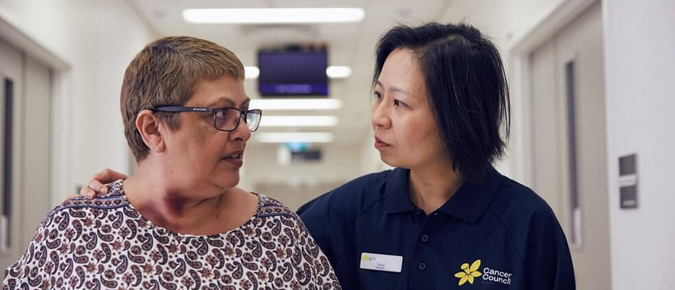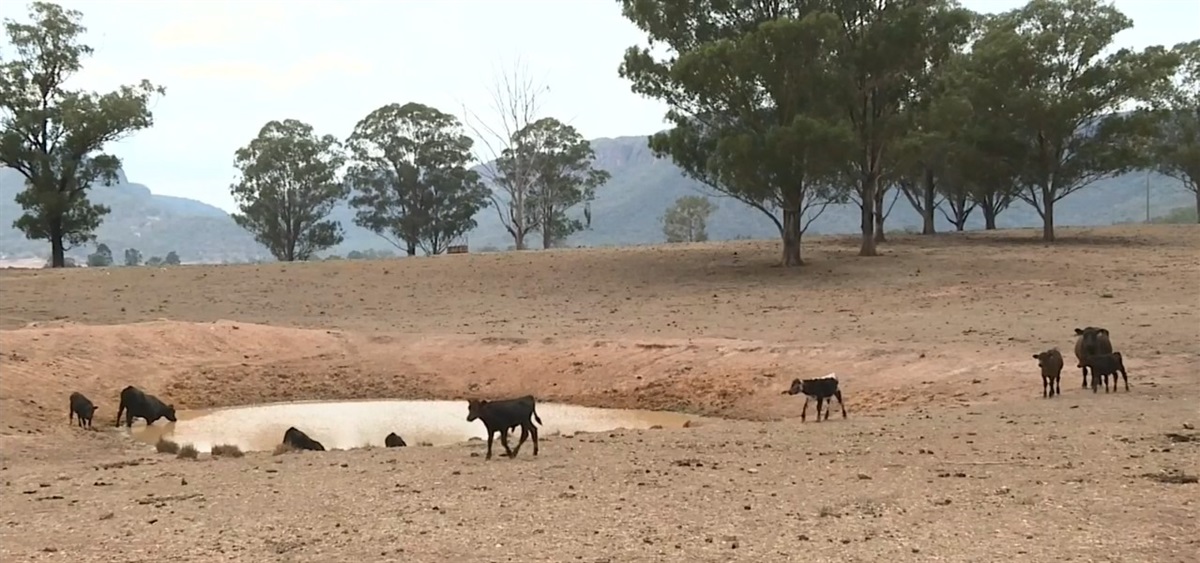
The COVID-19 pandemic has created widespread challenges for the broader health system, including disruptions to vital screening services, delays in treatment and increased burdens for patients and carers.
In response to the COVID-19 pandemic, we have urgently enhanced our research to help address the acute challenges health systems face in the ‘secondary’ impact of the crisis on cancer.
Modelling the recovery program for cervical cancer screening services
Cervical cancer screening services have been disrupted in many high-income countries due to COVID-19, leading many people to miss or delay screening or follow-up visits. To balance the risk of preventable cancers and limits on system capacity, it makes sense to prioritise those who are at the greatest risk of developing a cancer if their test is delayed – but who are they?
With our international research collaborators in the COVID-19 and Cancer Modelling Consortium (CCGMC), our researchers have used simulation models to investigate this question and find out which groups needed to be prioritised for screening. Consistently, findings showed it was women under 50, in particular those in their 30s, who were most at risk of developing cervical cancer due to a delayed test. Women were also at higher risk if their last screening test was a Pap test, rather than an HPV test. About 15-30% of the cancers predicted to result from disruptions could still be prevented, by maintaining services for precancer.
These results provide clear information on the age groups and services needing additional focus and pave the way for targeted campaigns as we recover from COVID-19 disruptions.
The impact of the COVID-19 pandemic on breast cancer early detection and screening
For breast cancer, early detection and treatment is key to improved survival and longer-term quality of life. Throughout the COVID-19 pandemic, services that help diagnose and treat breast cancers earlier have been paused or have had reduced capacity. The resulting delays to diagnosis and treatment may lead to more intensive treatment requirements and increased mortality.
As part of the CCGMC, our researchers have used mathematical modelling to estimate the impact of disruptions due to the pandemic and explore options for recovery. Modelling looked at key factors including the range of pauses to screening services and the outcome on tumour staging or mortality, the expected surge in diagnoses following screening resuming and the benefits of prioritising screening resumption versus protecting symptomatic diagnostic services. The results aim to guide future modelling and assist policy-makers with optimal adaptation and recovery post-pandemic.
Understanding the psychosocial impacts on cancer patients and health workers
In an Australia-wide study, our researchers have been investigating the impacts of the pandemic and how it has disrupted cancer care across Australia.
Findings have shown that, although our health system was able to adapt relatively well, almost half of cancer patients and survivors (42%) reported experiencing some level of disruption to their care though cancellations were relatively low (10%).
Unsurprisingly, the use of telehealth services rose dramatically, from just 17% pre-pandemic to 73% after the onset, with high overall satisfaction. Despite this, we found that whilst telehealth works well for some, others struggled with the lack of personalised care and psychological support.
COVID has rapidly changed the way cancer care is delivered, with limited time for preparations or testing. As lockdowns continue across Australia, our findings offer policymakers insights into cancer care has been disrupted to help inform service improvements that will benefit patients, carers and healthcare workers longer-term.
Cancer services were able to adapt and reconfigure remarkably well and quickly. However, we have highlighted concerns about delays in cancer diagnosis and treatment, the need to better integrate psychosocial support into future models of care, and consider the important role of carers into evolving pandemic response measures, and beyond.






